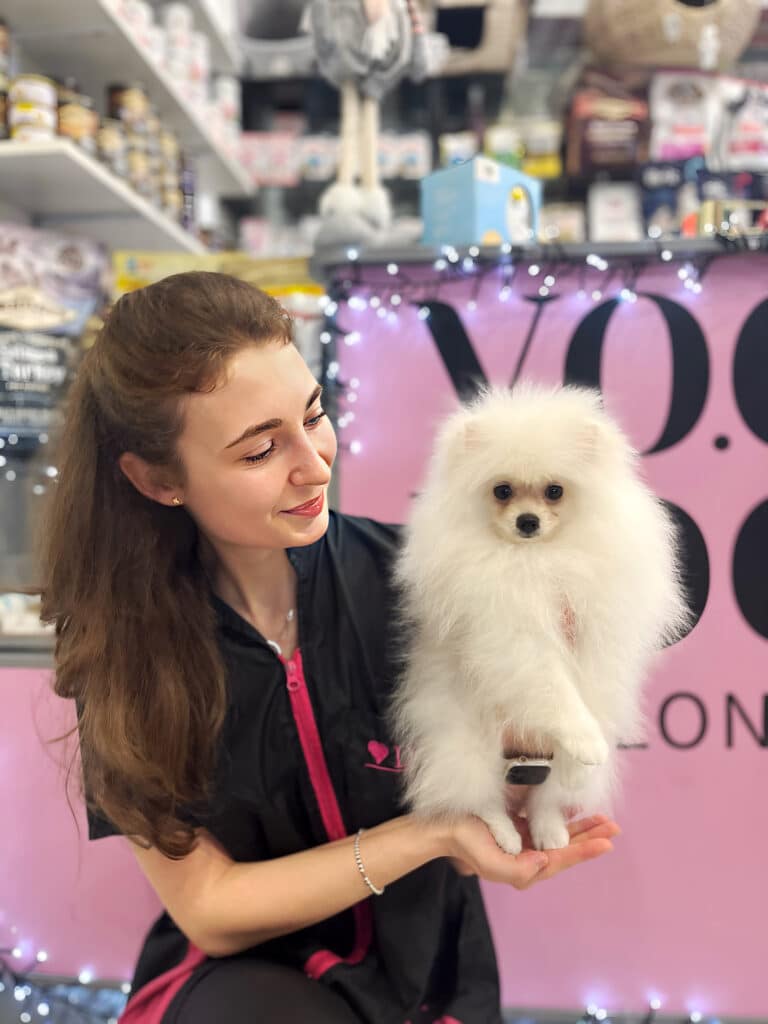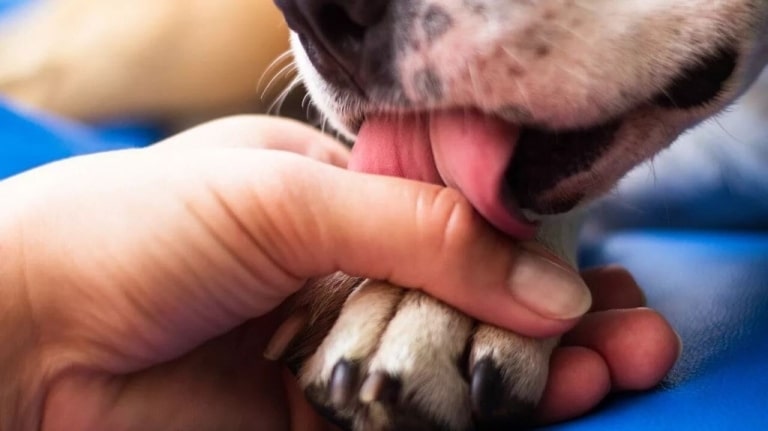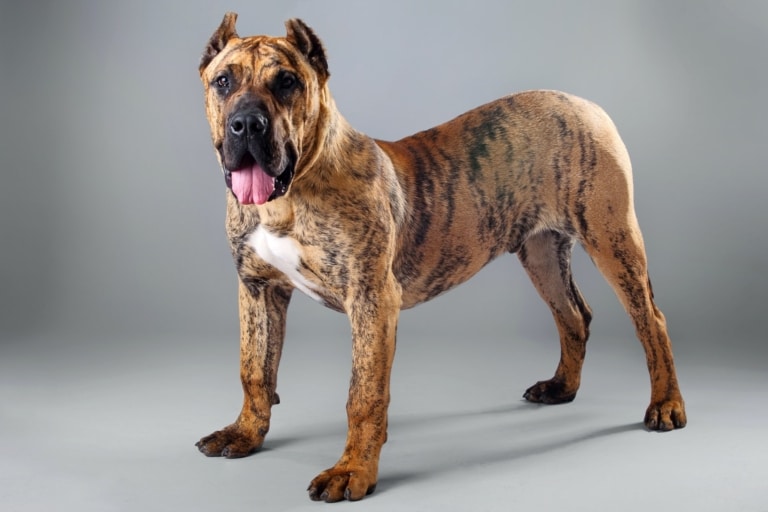All pet owners know how important proper care for their pets is. One of the key parts of this care is grooming – a process that includes trimming nails, cleaning ears, teeth, anal glands, brushing, bathing, and, of course, cutting hair. This article will reveal the 10 most common questions to groomers and help understand this important sphere of pet care.
1. How often should I bring my pet to the groomer?
The answer depends on the breed, health condition, and age of the pet. For example, dogs with long hair (like Yorkies, Bichons) require professional grooming every 4-6 weeks. Short-haired dogs (like Labradors) may visit a groomer every 6-12 weeks.
2. At what age should I start bringing a puppy to the groomer?
You can bring a puppy for the first time after all necessary vaccinations and the appropriate quarantine period to maximize protection from potential diseases. This usually occurs at 12-16 weeks of age.
3. Should I use the services of a groomer if I can perform some procedures at home?
Yes, because groomers have special equipment, professional cosmetics, and experience, which allows them to work with animals efficiently and safely. They can also identify certain health issues that may be unnoticed by the owner.
4. How can I prepare my pet for a visit to the salon?
To reduce stress, periodically brush your pet and give massages so they can get used to being touched. Daily check and clean ears and teeth if needed, and trim nails to accelerate the adjustment process to grooming procedures.
5. What if my pet is very afraid of visiting the groomer?
– Consider working with a trainer or veterinarian to develop a plan to reduce fear. You may need to change groomers or choose a groomer who specializes in working with fearful animals.
6. Do I need to bring anything with me to the groomer’s visit?
– This depends on the specific grooming salon. You may be asked to bring your own towel and pet shampoo, especially if there are allergies, or even toys so your pet feels more comfortable.
7. Can I stay with my pet during the grooming procedures?
Some groomers will allow you to stay, while others won’t. This is usually determined by the specific salon’s policy. However, many professionals note that dogs often behave more calmly when their owners are not present.
8. What vaccinations should be done before visiting a groomer?
Most grooming salons require pets to be vaccinated against rabies and parvovirus. Some may also require vaccination against bordetella – a virus that can cause kennel cough. It is recommended to contact the salon in advance to find out all the requirements.
9. What should I do if I’m not satisfied with the groomer’s service?
First, try discussing this directly with the groomer or the salon administration. They may not be aware that you are dissatisfied and are usually willing to resolve the issue. If that doesn’t work, you can contact the salon manager or leadership.
10. How can I find a good groomer?
The best way to find a good groomer is by word of mouth, especially from those who have pets similar to yours. You can also ask your vet for recommendations or look for online reviews. If you’re asking a salon administrator about a groomer that would suit you, ask straight away who handles your breed most frequently; you might also ask for the groomer’s portfolio.
Grooming is an important part of caring for your pet. It not only helps your pet look better, but also keeps their skin and fur in a healthy condition. Remember, every animal has its own specifics, so seek professional advice to best meet your dog’s needs.
A tip from the groomers of the V.O.G DOG grooming salon network: We recommend including spa procedures in your regular grooming schedule for your pet. This will not only help your pet look better, but will also make the grooming process more enjoyable. Spa procedures may include various massages, aromatherapy, deep skin and fur cleansing, and special skin and fur masks. These procedures are not only relaxing, but also improve the condition of the skin and fur. Moreover, V.O.G DOG emphasizes the importance of regular vet visits in parallel with visits to the groomer. A groomer can help maintain the health of your pet’s skin and fur, but a vet is the professional who can detect and treat more complex health issues.









